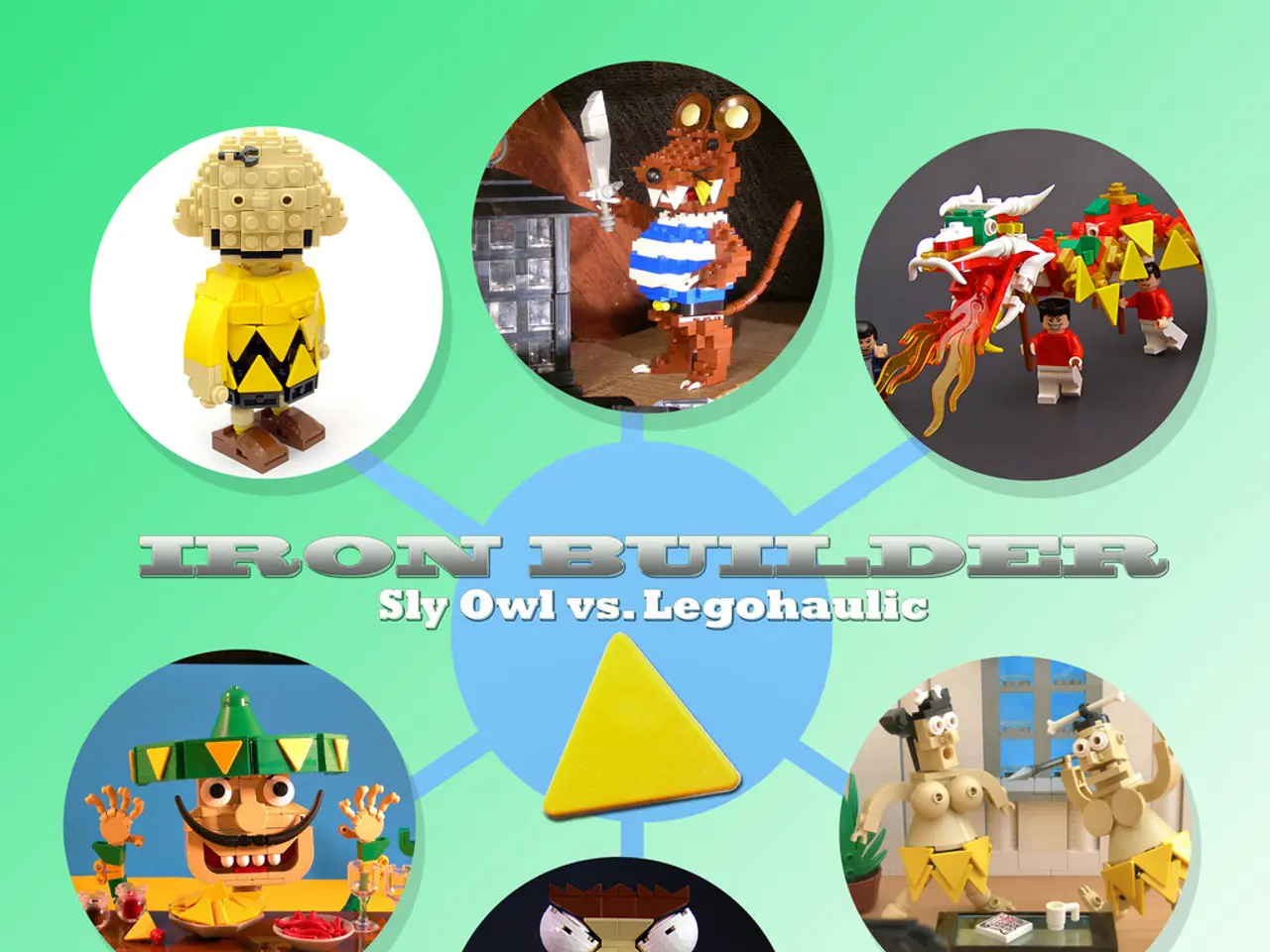"Daydreaming Tendencies and Creativity in Autism: An Exploration" or "Understanding Creative Thought Processes and Frequent Daydreaming in Individuals with Autism"
A new study has delved into the relationship between maladaptive daydreaming and creativity in individuals with Autism Spectrum Disorder (ASD). Maladaptive daydreaming, a form of intense and immersive daydreaming, is often used by neurodivergent individuals as a coping mechanism to manage daily life's overstimulation or stress.
The study, which challenges the notion of limited imaginative capacities in ASD, found that ASD diagnosis was unrelated to originality in divergent thinking tasks. However, individuals with ASD showed lower fluency in divergent thinking tasks compared to those without ASD. This suggests that while ASD may not directly impact originality, it could potentially influence the quantity of ideas generated.
The study's findings hint at a potential link between maladaptive daydreaming and creativity in people with ASD. Maladaptive daydreaming, with its vivid mental imagery and narrative construction, could foster creative thinking by allowing the mind to explore novel scenarios and ideas in a free-form way. This could potentially support creative problem-solving or artistic expression.
However, the relationship between immersive daydreaming and divergent thinking abilities in ASD remains unexplored in this study. The study also revealed diverse daydreaming experiences among individuals with ASD, ranging from highly immersive to limited daydreaming.
The study employed a mixed-methods approach, combining quantitative surveys and qualitative assessments. One of the key findings was that 42% of adults with ASD reported experiences consistent with maladaptive daydreaming. Interestingly, contrary to expectations, divergent thinking was negatively associated with maladaptive daydreaming in the non-ASD sample.
The study had several limitations, including the lack of a direct measure for immersive daydreaming, reliance on self-report measures, online recruitment, cross-sectional design, limited assessment of creativity, potential confounds, and cultural bias. Despite these limitations, the study had many methodological strengths, including large sample sizes, use of validated measures, careful scoring and analysis of divergent thinking tasks, consideration of potential confounding variables, use of appropriate statistical analyses, inclusion of exploratory questions, comparison of multiple groups, and consideration of potential confounds.
The study's results also revealed that ASD traits positively predicted maladaptive daydreaming, while divergent thinking originality negatively predicted maladaptive daydreaming in the ASD sample. ADHD symptoms were also positively correlated with maladaptive daydreaming in the ASD sample.
In conclusion, while the study did not find a significant difference in divergent thinking originality between ASD and non-ASD groups, it suggests that individuals with ASD may have unique creative capacities that are not fully captured by traditional divergent thinking measures. Clinicians should be aware of the potential for rich imaginative experiences in individuals with ASD. Further research is needed to fully understand the relationship between maladaptive daydreaming and creativity in ASD.
- The study in question explores the connection between mental disorders like maladaptive daydreaming and creativity in individuals diagnosed with Autism Spectrum Disorder (ASD), challenging the belief of restricted imaginative capabilities in such cases.
- The research, focusing on the relationship between diagnosis and originality in divergent thinking tasks, discovered that an ASD diagnosis was not related to originality but showed less fluency in these tasks in comparison to those without ASD.
- The findings suggest a potential link between maladaptive daydreaming and creativity in people with ASD, as the vivid mental imagery and narrative construction of daydreaming might foster creative thinking through exploration of novel scenarios and ideas.
- Despite the study revealing diverse daydreaming experiences among individuals with ASD, the relationship between immersive daydreaming and divergent thinking abilities in this group remains under-researched.
- Utilizing a mixed-methods approach that combined quantitative surveys and qualitative assessments, the study found that 42% of adults with ASD reported experiences consistent with maladaptive daydreaming.
- Contrary to expectations, the researchers found a negative association between maladaptive daydreaming and divergent thinking in the non-ASD sample, indicating that divergent thinking may actually limit the occurrence of maladaptive daydreaming for some individuals.
- As the study had limitations, including the absence of a direct measure for immersive daydreaming, reliance on self-report measures, online recruitment, cross-sectional design, and cultural bias, it is essential to conduct further research to gain a complete understanding of the relationship between maladaptive daydreaming and creativity in ASD.
- Further studies on the topic may uncover insights into the creative capacities unique to individuals with ASD and their relationship with mental health, cognitive development, personality, and mental disorders, ultimately contributing to the field of psychology, science, and health-and-wellness.




